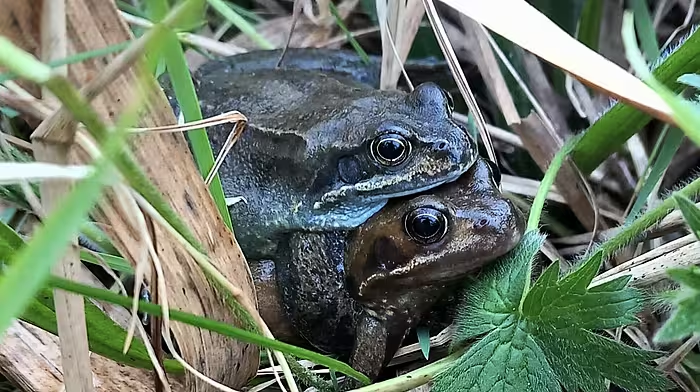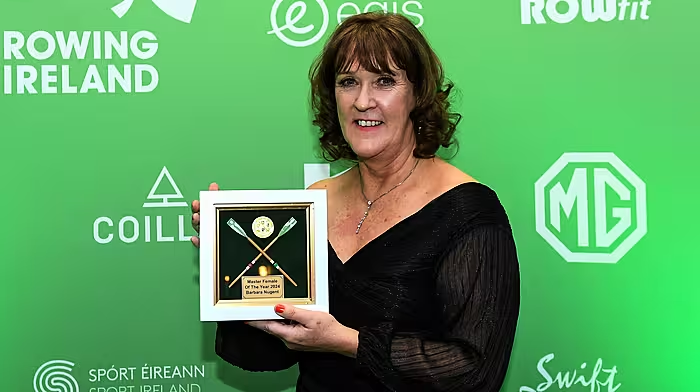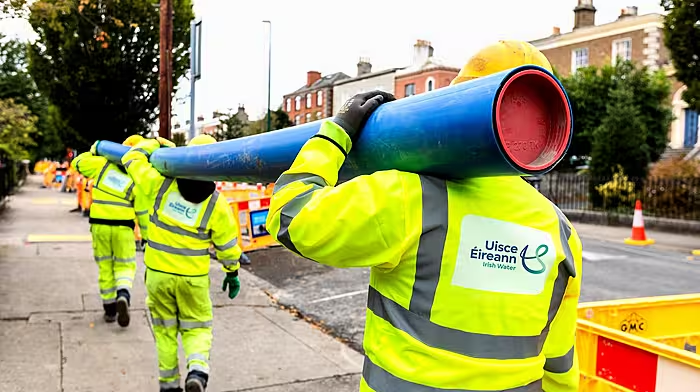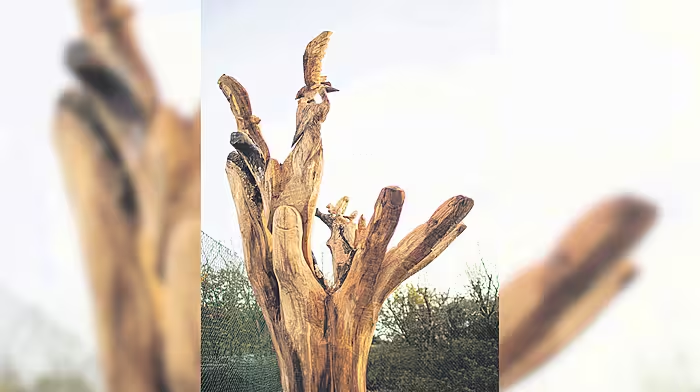The site of a church partially demolished 64 years ago near Clonakilty had become overgrown and unloved until the local community began a restoration project, writes Jackie Keogh
PEOPLE of all faiths and none recently attended a gathering at a newly created nature garden at Ardfield, near Clonakilty.
More than 70 people turned up for the ecumenical service – one of simple thanksgiving for nature and the benefit she bestows – as well as a blessing of pets.
The event, on the afternoon of Sunday, August 18th, was also blessed with such fabulous sunshine that people loitered long after the ceremonies were over.
‘After all of the hard work that went into taming the wilderness, it was like magic how the whole thing went,’ according to Audrey Harris, chairperson of the Ardfield Churchyard Nature
Garden.
Dean Cliff Jeffers and Fr Anthony O’Mahony, who is from the locality, led proceedings but there were readings of different scriptural passages by Erik Appelbe, whose ancestors were baptised in the church, and local woman Kay O’Brien.
Old black and white photographs of the Church of Ireland building are all that remain because the unnamed church, which was built on the Dunnycove Road in 1849, was partially demolished in 1960.
From that time until 2019, the remains of the building and the adjacent land and burial plots became so overgrown, the entire site was a mass of fuchsia and briars.
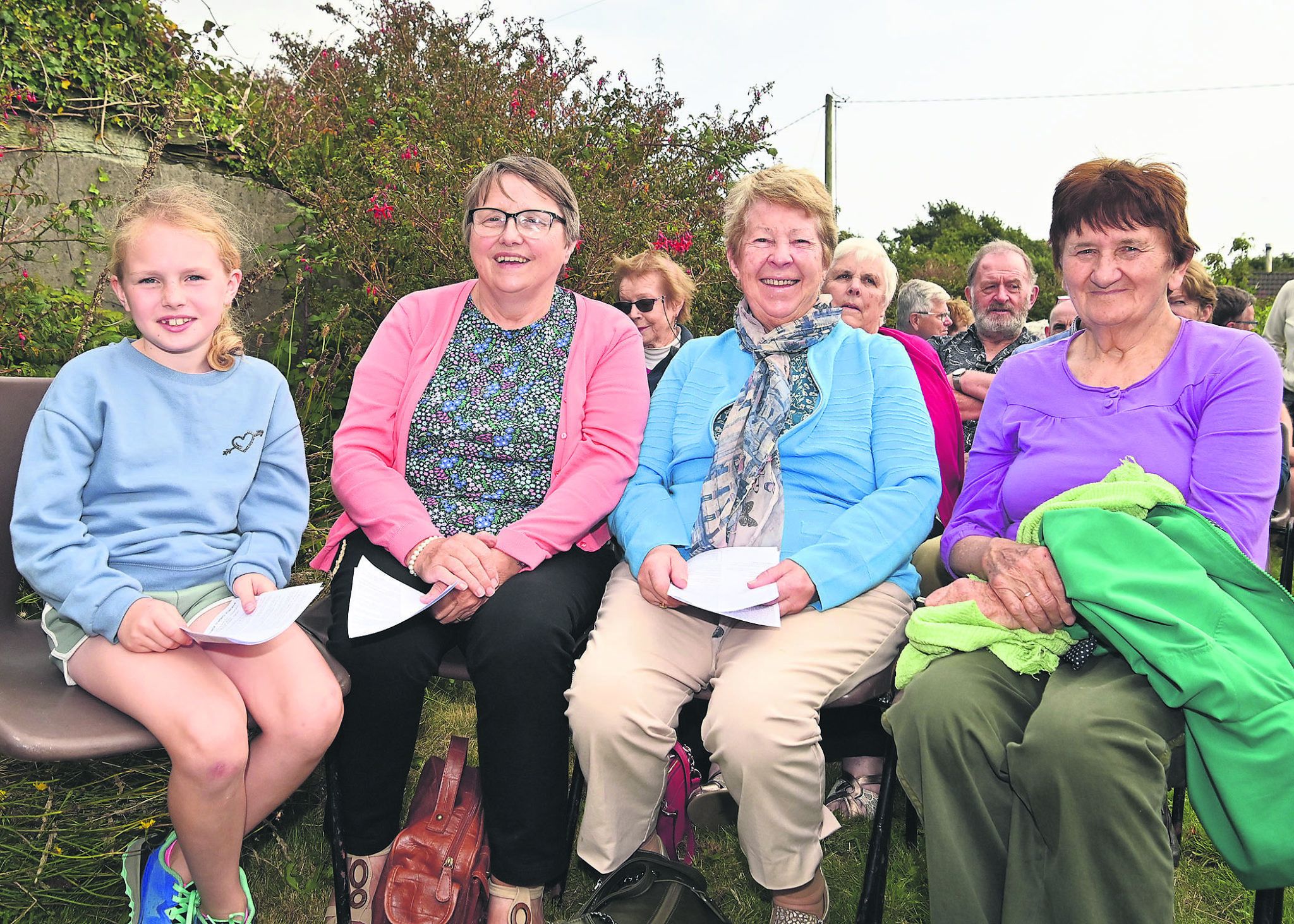 At the ecumenical service on the site of the new biodiversity park at “The Churchyard”, Dunnycove Road, Ardfield were (left to right): Isla McCarthy and Ruth Buttimer, Bealad, Doris Kingston, Lisavaird and Frances Hurley, Ardfield. (Photo: Martin Walsh)
At the ecumenical service on the site of the new biodiversity park at “The Churchyard”, Dunnycove Road, Ardfield were (left to right): Isla McCarthy and Ruth Buttimer, Bealad, Doris Kingston, Lisavaird and Frances Hurley, Ardfield. (Photo: Martin Walsh)
‘It was so bad that the bushes, briars and weeds were trying to escape. They were crushed against a rusting gate that was in danger of disintegrating,’ said Audrey.
‘Michael Coughlan and some community workers started the daunting task of clearing the site in 2019. They managed to clear all the heavy growth and make a path through it before the start of Covid.’
At that stage, Billy Sheehan, who lives nearby, took it on as a Covid project and he described the work as being something of ‘a lifesaver’ during lockdown.
‘He took it back to the bare earth and put down grass seed,’ Audrey added.
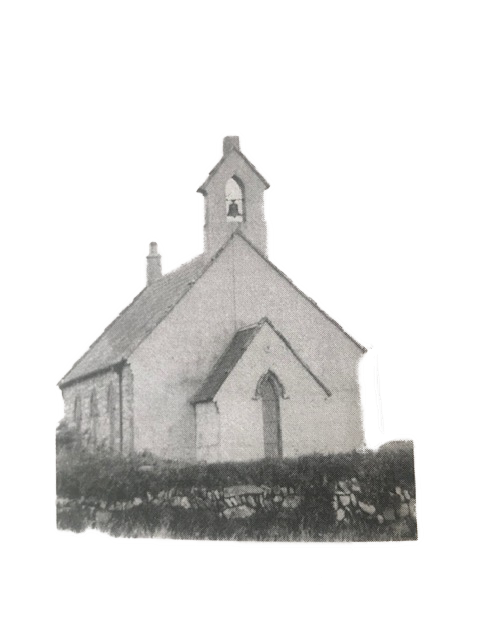
The local committee also benefited from a free tree initiative courtesy of the Clonakilty Tree Planting Group and they liberally lined the perimeter and the burial plot.
The committee, which includes retired Dean Christopher Peters, Billy Sheehan, Michael Coughlan, Audrey Harris and Timothy Feen, as well as Dean Cliff Jeffers, Paul Edmunds and Shane Deasy, began to research the history of the church.
 At the ecumenical service on the site of the new biodiversity park at “The Churchyard”, Dunnycove Road, Ardfield were (left to right): Tim Feen, Michael Coughlan, Fr. Anthony O’Mahony, Audrey Harris, Dean Cliff Jeffers and Billy Sheehan. (Photo: Martin Walsh)
At the ecumenical service on the site of the new biodiversity park at “The Churchyard”, Dunnycove Road, Ardfield were (left to right): Tim Feen, Michael Coughlan, Fr. Anthony O’Mahony, Audrey Harris, Dean Cliff Jeffers and Billy Sheehan. (Photo: Martin Walsh)
They were able to source old records and discovered that 76 baptisms took place in the church, as well as eight marriages, and 10 burials.
All aspects of the project, down to restoring the rusting gate, were given the committee’s careful attention and now – after 64 years of being in the wilderness – the community has a new amenity.
‘Calling it a nature garden is intentional,’ said Audrey, ‘because this was never meant to be a manicured focal point for shrubs and flowers. It’s meant to be a different kind of wilderness, one that welcomes birds, bees, butterflies and bugs, as well as being a place of peace and quiet reflection, meditation and calm.’
‘It was very overgrown, so much so that the fuchsia was like a roof’
The new nature garden stands on a site that was overlooked for decades.
‘It was neglected and closed for such a long time, we decided to try and find a purpose for it and make it useful to the community,’ Dean Cliff Jeffers told The Southern Star.
‘One of the five things we do as a church is safeguard creation,’ he said. ‘A lot of our gardens are so well cultivated, it is good to have a place where nature, as best it can, can take its course without the use of pesticides.
‘It is our hope that people will find this to be a place of peace. It is a simple nature garden, where people can connect with God, nature and themselves.’
In the near future, Dean Jeffers said they are hoping to feature the remains of the church a bit more because they are still overgrown, but the garden will retain its natural state.
Fr Anthony O’Mahony, who is a native of Ardfield, said he was very glad to have been included in the recent celebrations.
‘It is nice to see the place being opened up. It is a great achievement by all those who made that happen,’ he said.
‘My memory of that site is that it was very overgrown, so much so that the fuchsia was like a roof – the bushes grew over the top of the site to meet each other.’
He recalled hearing people talking about the church when it was in use and the people who were associated with it.
Records show that on Thursday, June 1st, 1960, the church was demolished by Kingston’s of Bandon.
 Fuchsia and briars had completely covered the site and even the rusting, old gate at the entrance to the site was about to disintegrate.
Fuchsia and briars had completely covered the site and even the rusting, old gate at the entrance to the site was about to disintegrate.
Before it was knocked down, the bell was removed from the belfry and it is believed that the bell was sent to Africa to be used in a church there.
The windows and seating were saved and taken away to be re-used, and the timbers purchased for the purpose of constructing a hay
shed.
In terms of giving the site a new lease of life, Billy Sheehan said the committee was fortunate to have benefited from a free tree initiative courtesy of the Clonakilty Tree Planting Group.
 The old gate was restored by the committee.
The old gate was restored by the committee.
They received about 20 different types of nature-friendly trees including many native species and they were planted on the periphery of the site.
‘We planted them around the boundary wall of the church yard,’ Billy explained. ‘It’s a windy site but the boundary wall will give them some protection as they take hold.
‘We also put down some netting to give them additional protection.
‘Paul Edmunds went one step further by putting a name tag, in English and in Irish, on each of the trees so that visitors might know what has been planted.
‘For us, this project has made all the difference to the community because when you go in now you see the beautiful new trees and shrubs and it speaks of the future.’




